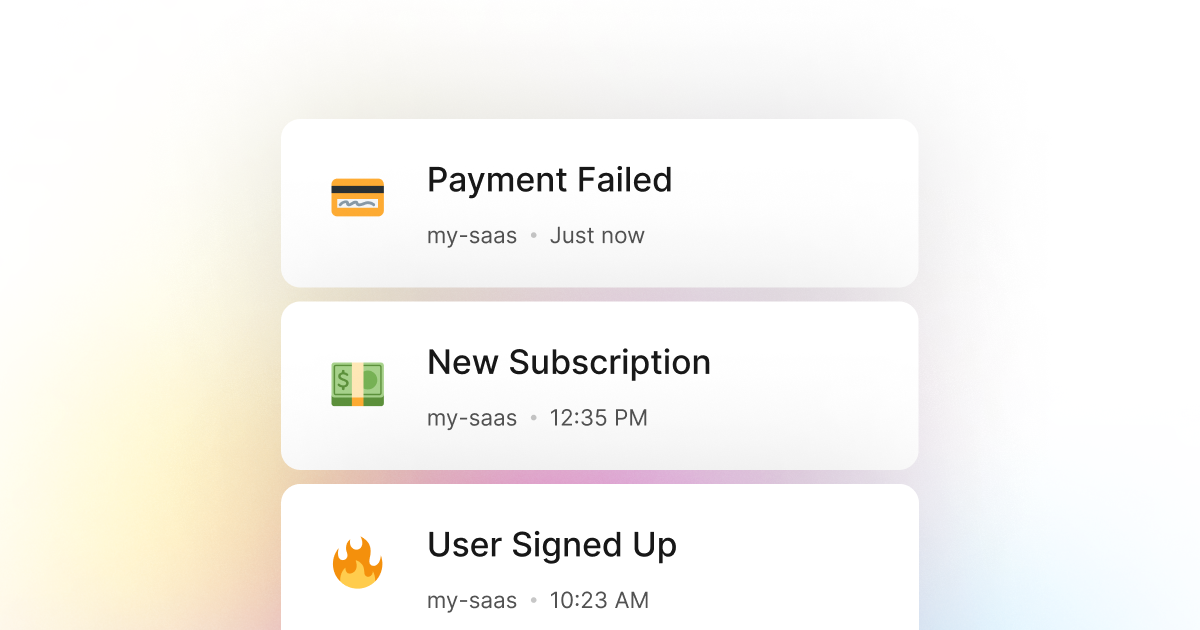These days, many Ruby applications are served via a subscription model where users pay a monthly or yearly fee to use the application. These applications are called SaaS or Software as a Service application. In these applications, users are usually charged a recurring monthly or yearly fee, or in some cases, a pay-as-you-go model where they are charged depending on their usage of the said Ruby application.
In either of these models, a common issue that the developers of the Ruby application usually face is when a user's payment fails. These commonly occur when the user's credit card information is invalid, when the user's credit card has expired, or when the user's credit card has been declined by the bank. In addition, in some cases, users use one-time credit cards only valid for a single payment and not recurring payments.
Whether the payment failure is intentional or unintentional, it can cause significant issues for the Ruby application and the user. For example, if the user is heavily dependent on the application and their payment fails, they may not be able to use it. As a result, they may be forced to cancel their subscription, commonly called churn. In addition, if the payment failure is unintentional, the user may not be aware of the issue and may not be able to use the application until they resolve it.
Therefore, tracking and monitoring failed payments in your Ruby application is essential to ensure that the user is aware of the issue and can resolve it before it causes any significant problems. Fortunately, here at LogSnag, we have created a powerful solution for this problem. LogSnag is a powerful, real-time event tracking tool that works seamlessly with any Ruby application. With LogSnag, you can set up event tracking for anything you want and track when a user's payment fails in your Ruby application in real time. You may also set up optional rules to notify you and your team when a user's payment fails.
LogSnag also allows you to track user journeys and create a timeline of their actions to monitor the users' payment history and any other activity they have done in your application. This way, you can always track the activity of a specific user, such as when their payment fails and any other activity they have done in your application.
Setting up LogSnag
- Sign up for a free LogSnag account.
- Create your first project from the dashboard.
- Head to settings and copy your API token.
Ruby code snippets
Use the following code snippet to connect LogSnag to your Ruby application.
Please don't forget to replace the YOUR_API_TOKEN with your API token and update the project and channel names.
Using Ruby with Net::HTTP
Ruby integration details
We strongly believe that event tracking should be simple and accessible to every developer and team. Hence, we have worked hard to create the next generation of event tracking tools.
LogSnag provides powerful features such as cross-platform push notifications, event filtering, user and product journeys, charts, insights, and more. In addition, LogSnag is flexible and easy to use, making it a great companion for your Ruby applications.
LogSnag provides a generous free plan to get you started with event tracking. You can also check out our pricing page to see our paid plans. So don't hesitate to give us a try and let us know what you think!
Other use-cases for LogSnag
- Monitor your CI/CD build status for your Ruby application
- Monitor your CPU usage in your Ruby application
- Monitor when database goes down in your Ruby application
- Monitor high disk usage in your Ruby application
- Monitor when a user changes their email address in your Ruby application
- Monitor failed logins in your Ruby application
- Monitor memory usage in your Ruby application
- Monitor MySQL downtime in your Ruby application
- Monitor when a new feature is used in your Ruby application
- Monitor your Postgres downtime in your Ruby application
- Monitor Redis downtime in your Ruby application
- Monitor suspicious activity in your Ruby application
- Monitor when a user exceeds the usage limit for your Ruby service
- Monitor when a user is being rate limited in your Ruby application
- Get a notification when your Ruby code is done executing
- Send push notifications to your phone or desktop using Ruby
- Track canceled subscriptions in your Ruby application
- Track your Ruby cron jobs
- Track when a file is uploaded to your Ruby application
- Track when a form is submitted to your Ruby application
- Track payment events via Ruby
- Track user sign in events in Ruby
- Track user signup events via Ruby
- Track waitlist signup events via Ruby

